How teenager’s ‘survival games’ kept her siblings alive in Colombian jungle for 40 days
Before the crash, the teenager and nine-year-old would frequently play a game setting up ‘little camps’
Your support helps us to tell the story
From reproductive rights to climate change to Big Tech, The Independent is on the ground when the story is developing. Whether it's investigating the financials of Elon Musk's pro-Trump PAC or producing our latest documentary, 'The A Word', which shines a light on the American women fighting for reproductive rights, we know how important it is to parse out the facts from the messaging.
At such a critical moment in US history, we need reporters on the ground. Your donation allows us to keep sending journalists to speak to both sides of the story.
The Independent is trusted by Americans across the entire political spectrum. And unlike many other quality news outlets, we choose not to lock Americans out of our reporting and analysis with paywalls. We believe quality journalism should be available to everyone, paid for by those who can afford it.
Your support makes all the difference.A 13-year-old girl used “survival games” to keep her and her siblings – including a baby – alive in the Amazon Rainforest for 40 days, her family have revealed.
Before news of their rescue emerged on Friday – Lesly, 13, Soleiny, nine, Tien Noriel, four, and one-year-old Cristin – spent more than a month trapped in the dense Colombian jungle after the light aircraft they were travelling in crashed on 1 May.
It killed everyone else onboard – including the children’s mother Magdalena Mucutui Valencia.
With no outside help, Lesly and Soleiny resorted to using their knowledge of the jungle to survive, their aunt Damarys Mucutuy said.
Speaking to the Caracol news network, she said the teenager and nine-year-old would frequently play a game setting up “little camps” before the disaster.
She translated this after the crash and used hair ribbons to make camps and keep her younger brothers safe in the jungle which is home to predators including jaguars, pumas, and snakes.
The area is also used by armed gangs that smuggle drugs.
In pictures released by the Colombian military after they were rescued, hair ties can be seen among branches on the jungle floor.
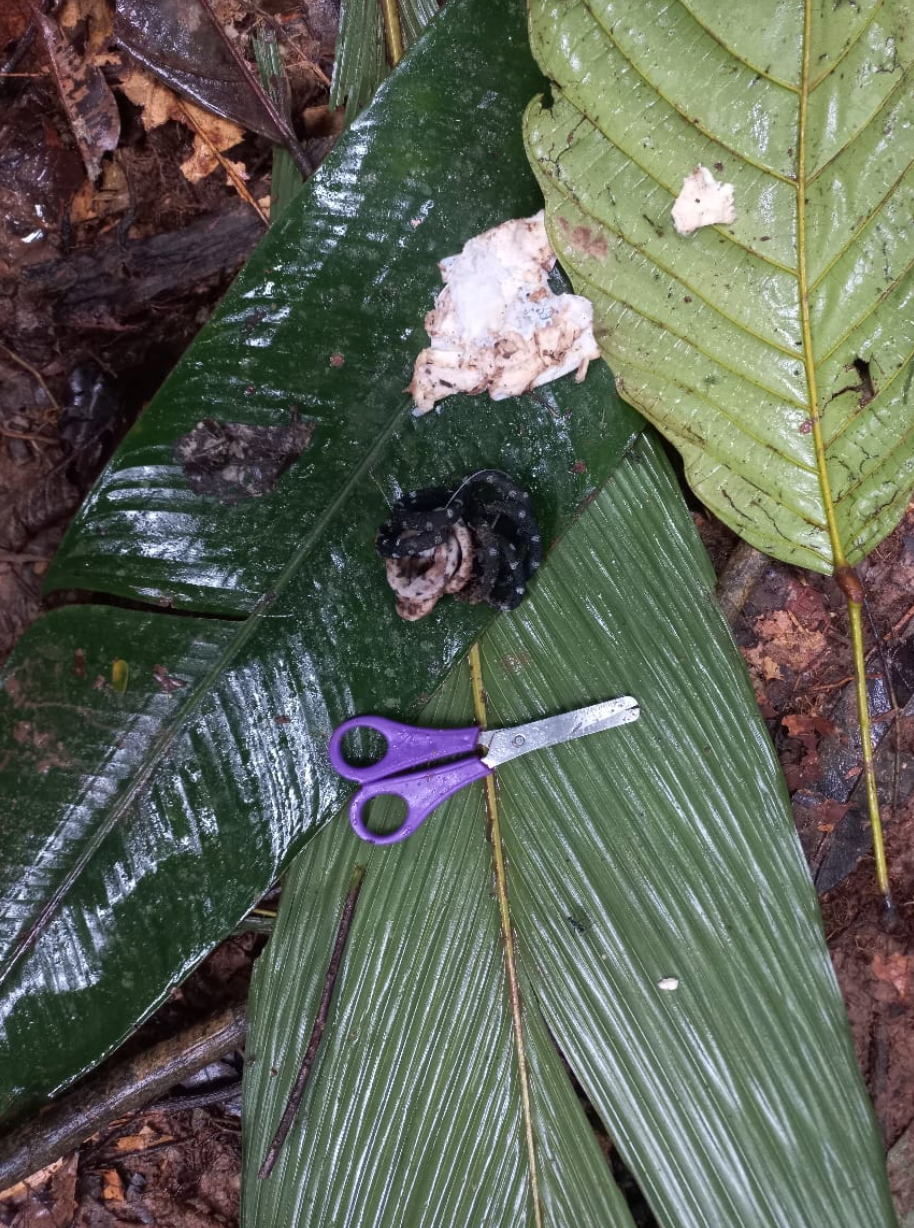
In addition to making a camp, Lesly “knew what fruits she can’t eat because there are many poisonous fruits in the forest. And she knew how to take care of a baby”, her grandmother Fatima Valencia explained.
Ms Valencia added that Lesly’s experience looking after her siblings while her mother was at work also helped.
It is thought that this knowledge, combined with food they managed to salvage from the plane’s wreckage and other skills learned growing up in the Huitoto indigenous group, helped the children survive for such a long period.
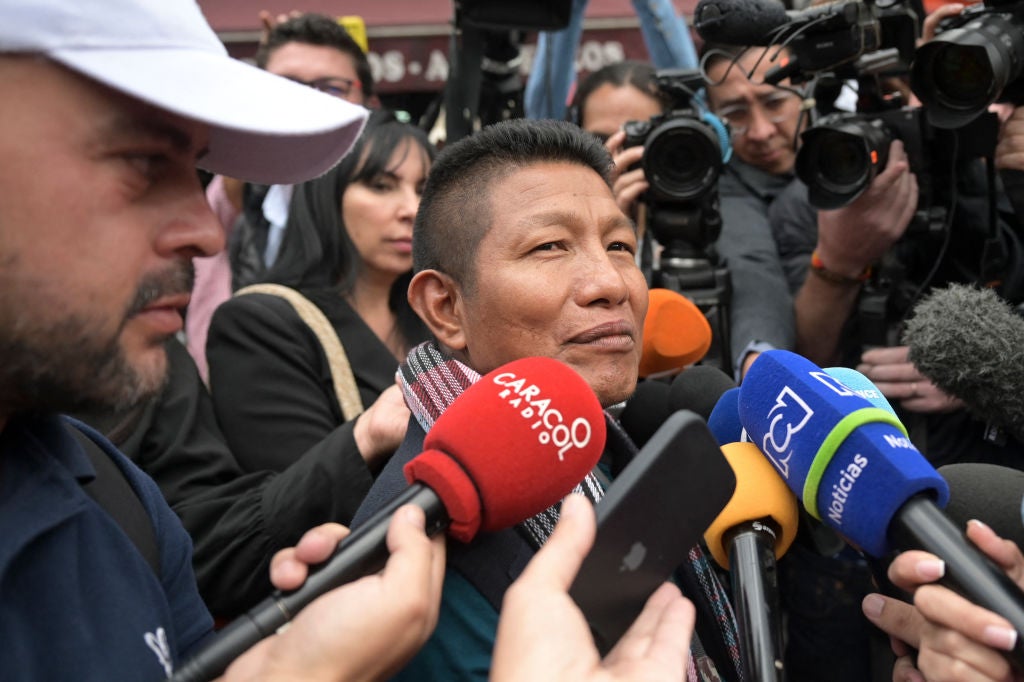
“She gave them flour and cassava bread, any fruit in the bush, they know what they must consume,” she told the BBC.
“They were raised by their grandmother,’ said John Moreno, a leader of the Guanano group in Vaupes, in the southeastern part of Colombia where the children were raised.
“They used what they learned in the community, relied on their ancestral knowledge in order to survive.”
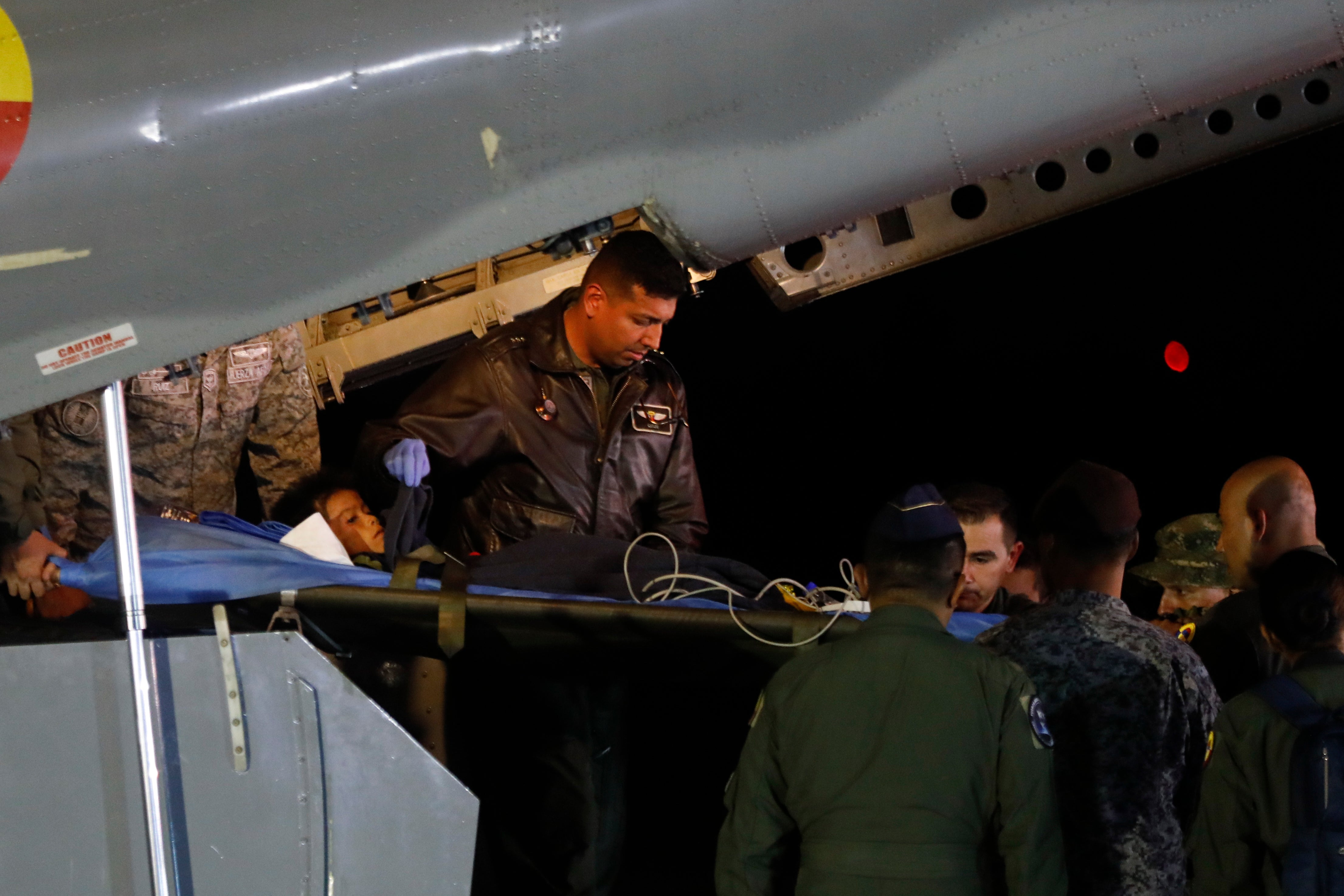
Speaking after they were found, their grandfather Fidencio Valencia said they were “very weak” but “happy to see their family”.
Ms Mucutuy told a local radio station that “the children are fine” despite being found with signs of dehydration and insect bites and have been offered mental health services. They are currently being cared for at a military hospital in the capital, Bogota.
Friday’s announcement came after weeks of searching for the children by authorities in the South American country.
President Gustavo Petro called them an “example of survival” and predicted their saga “will remain in history”.
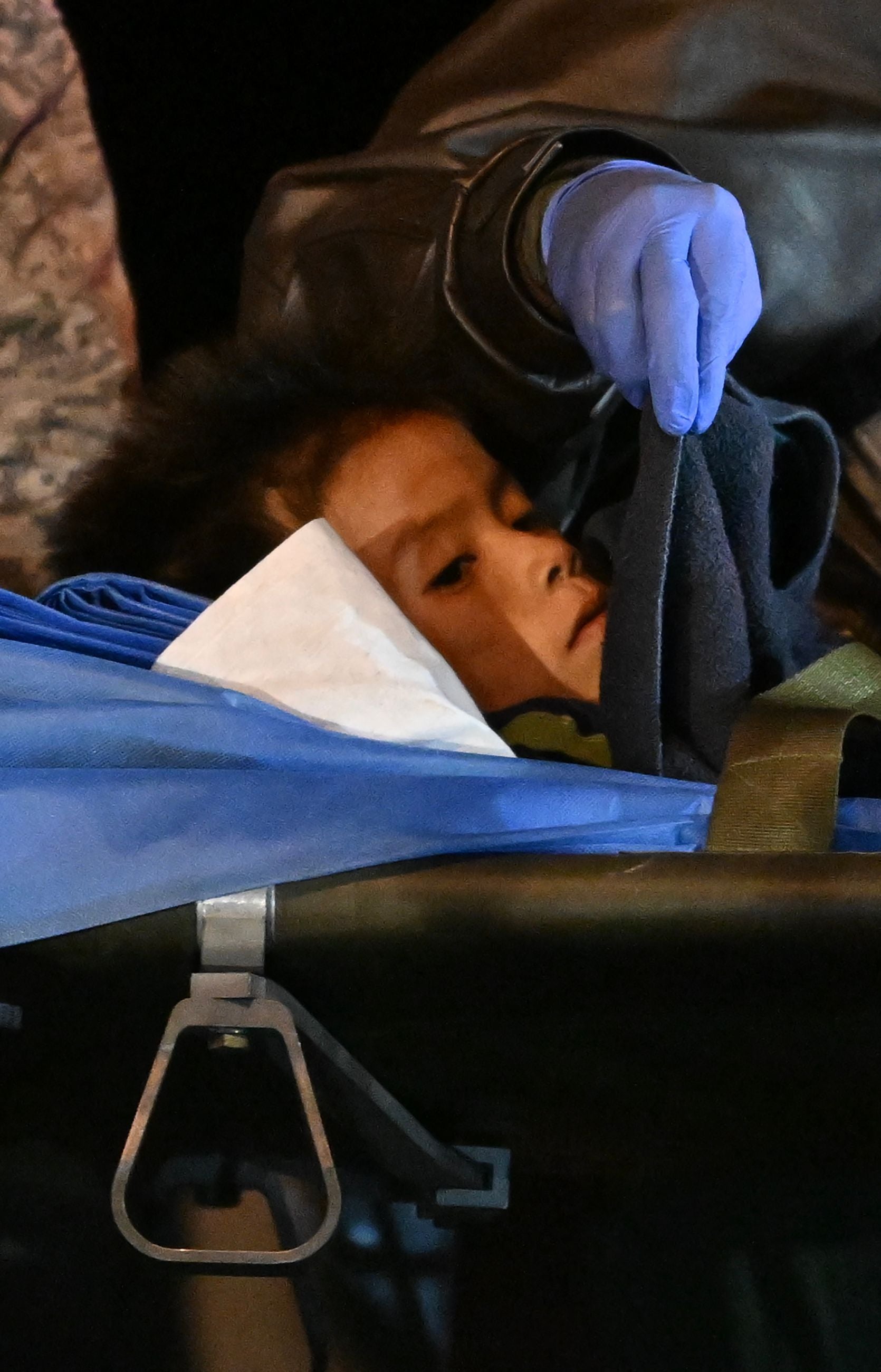
The manhunt was sparked after their children’s bodies were not found alongside the plane’s wreckage which was discovered between 15 May and 16 May.
Around 200 soldiers and indigenous people who knew the area were later dispatched to comb through some 320 square km (124 square miles) of the jungle.
It is thought that at points they came within 100m (300ft) of them, but storms, thick vegetation, and marshy terrain prevented them from making contact.
The air force also dropped food parcels and 10,000 flyers telling them to stay put and giving them survival tips.
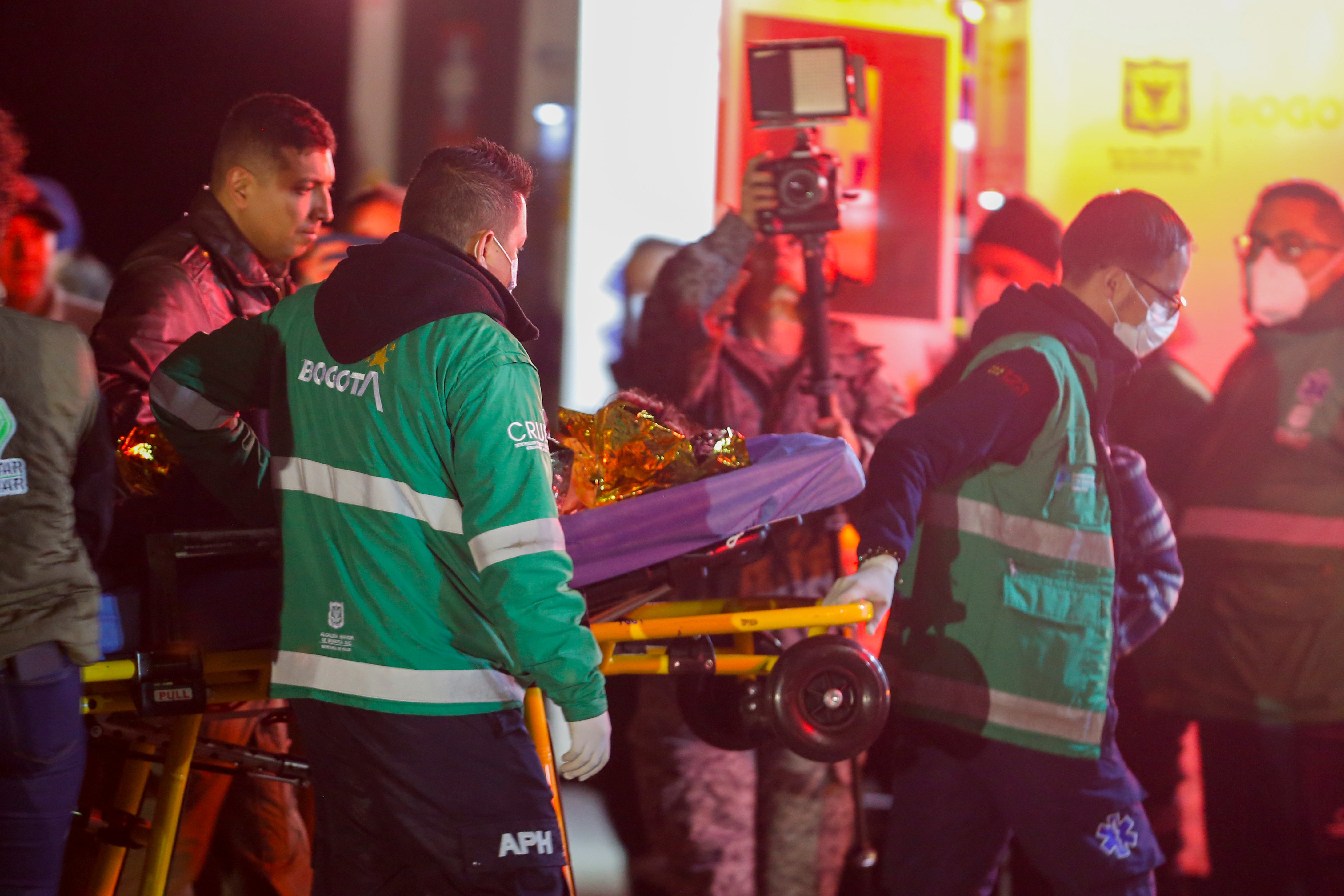
After being found, army radios could be heard saying: “Miracle, miracle, miracle, miracle.”
Defence minister Ivan Velasquez has since paid tribute to the various army units' “unshakeable and tireless” work, as well as to the Indigenous people who took part in the search.
Following the children being found, footage showed how the dehydrated and malnourished children were lifted into a helicopter.
“I never lost hope, I was always supporting the search. I feel very happy, I thank President Petro and my countrymen who went through so many difficulties,” the grandmother said.
The children were treated by Special Operations Command medics before they were flown to a hospital. They were flown to the military base of San Jose del Guaviare, according to the Daily Mail.
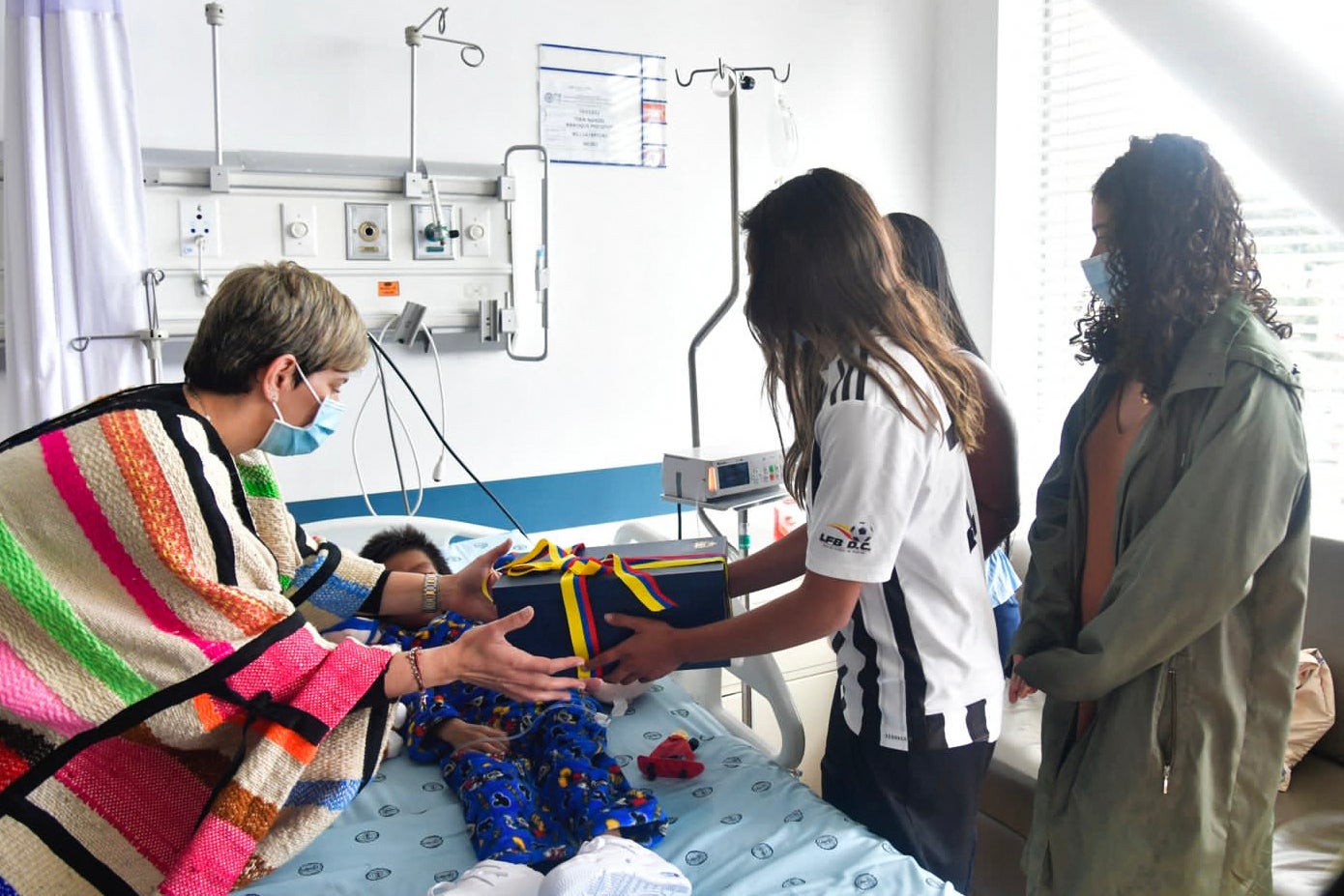
Family fleeing threats from crime groups
Days into the initial search Mr Petro announced that the minors had been located and were in good health. But hours later, he walked back that assertion, clarifying that the Air Force and indigenous communities had established contact with the children, but that their location remained unknown.
Ms Mucutuy was travelling with her children to Bogotá to meet her husband Manuel Ranoque and start a new life together.
According to El Tiempo, Mr Ranoque, who is related to a local political leader, previously lived in the indigenous reserve of Puerto Sabalo with his family.
He had to flee the community on foot after receiving threats from crime groups operating in the area. Mr Ranoque completed his odyssey through the jungle and eventually arrived in Bogota.
He reportedly found a job and saved money for a month and a half to afford his family’s transport from their remote community to the Colombian capital.
The search for the children has captivated Colombia during the 40 days since they vanished after surviving the crash.
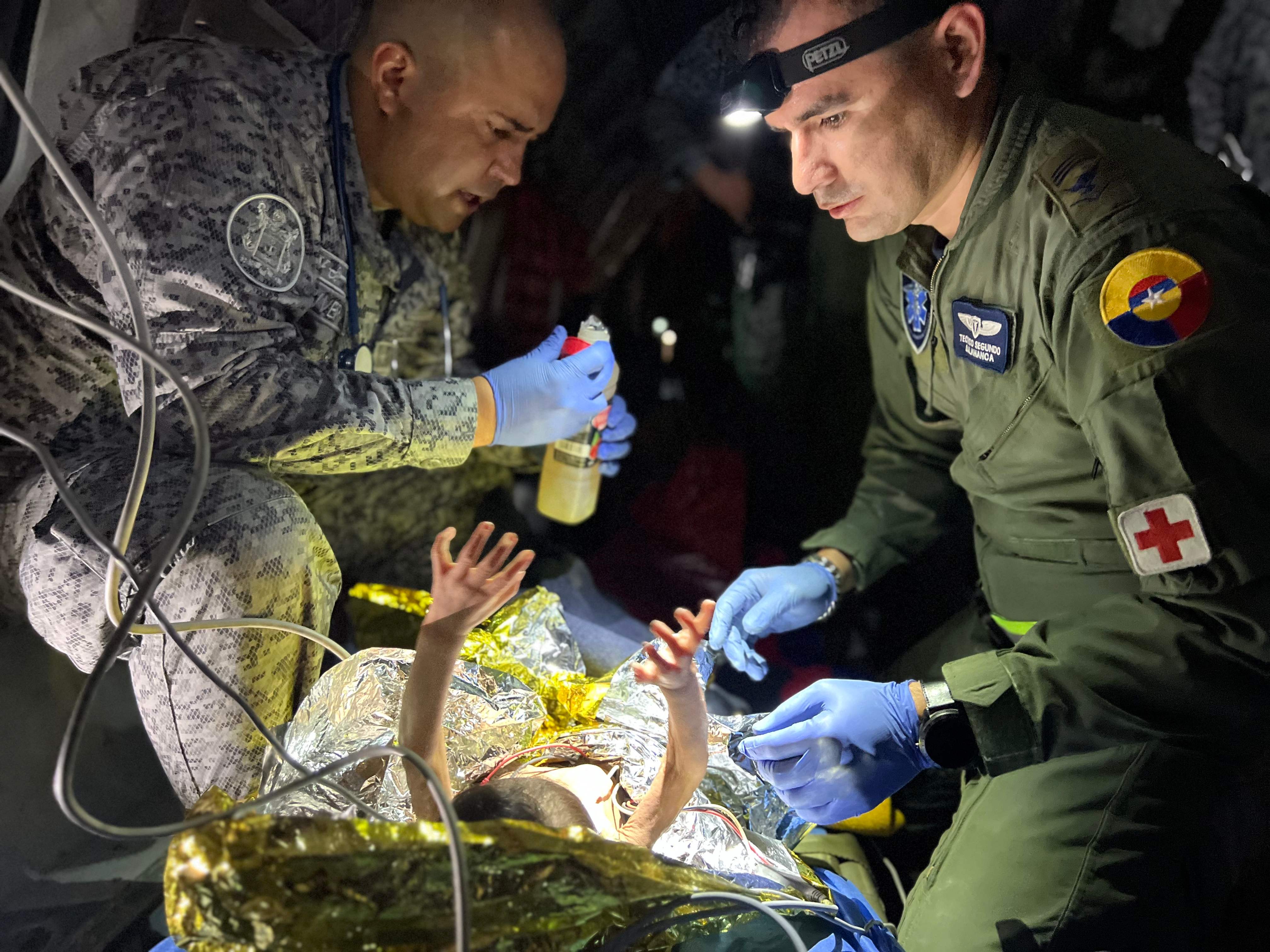
Plane suffers engine failure
On 1 May, the plane, which was carrying six passengers and the pilot, suffered an engine failure and declared an emergency. After the plane fell off the radar, the search for any survivors started.
The plane had been on a route between Araracuara in the Amazonas province and San Jose del Guaviare for the first leg of the trip when it disappeared.
The plane wasn’t found until two weeks later on 16 May in the rainforest, as weather conditions delayed search operations. The remains of the three adults on the plane were located, but the children weren’t there.
The Colombian armed forces flew 150 soldiers with dogs to the area to search for the siblings. Dozens of volunteers from Indigenous tribes also joined the search efforts.
As they searched in areas with low visibility because of the forest and mist, soldiers in helicopters dropped boxes of food into the jungle for the children to hopefully find.
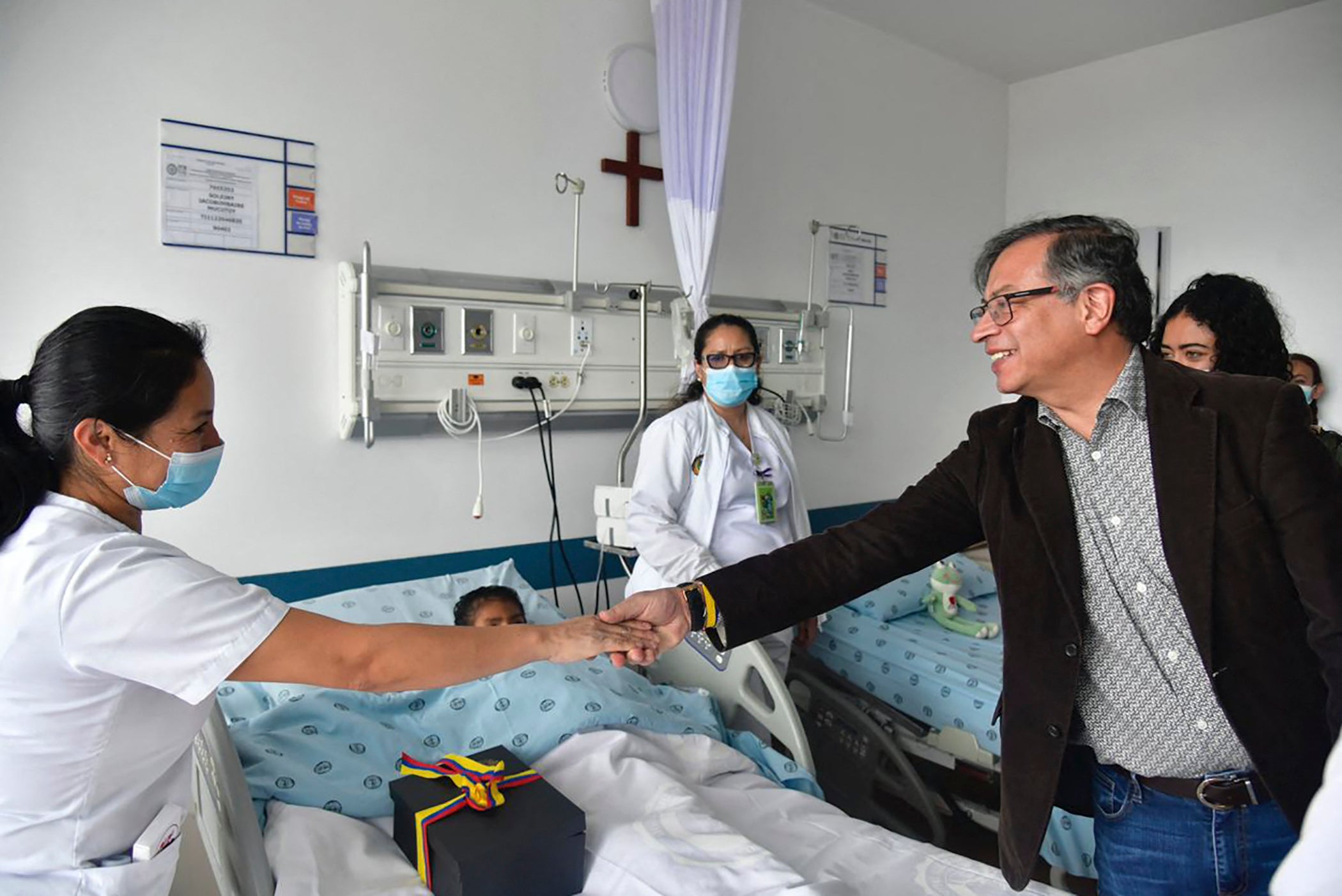
‘She had been living in the jungle for so long’
Mucutuy’s mother Fatima told El Tiempo she was combing parts of the jungle herself with other members of indigenous communities.
“I’m waiting for them to return [my daughter’s] body. She had been living in the jungle for so long. I’m waiting for her,” Fatima said at the time. “God is good and I know the children will be found alive.”
Authorities said rescue efforts involved three helicopters, including one which blasted out a recorded message from the children’s grandmother in the Huitoto language telling them to stop moving through the jungle. At night, planes fired flares to help ground crews search.
Confusion as rumours emerges about children’s location
At one point, rumours emerged concerning the children’s location and Mr Petro tweeted on 18 May that they had been found but soon deleted the message, saying that he had been misinformed by one of the government agencies.
At the time, Mr Petro claimed in a statement on Twitter that the children had been found after a search by the military, firefighters, and civil aviation authority officials in the dense jungle of Colombia’s Caqueta province.
“After arduous searching by our military, we have found alive the four children who went missing after a plane crash in Guaviare. A joy for the country,” he said.
Mr Petro deleted his previous tweet, later issuing an apology: “I have decided to delete the tweet because the information provided by [the government’s child welfare agency, ICBF] could not be confirmed. I apologise for the confusion.
“The Military Forces and the indigenous communities will continue in their tireless search to give the country the news it is waiting for. At this time there is no other priority other than moving forward with the search until you find them. Children’s lives are the most important thing,” he said last month.
The Instituto Colombiano de Bienestar Familiar (ICBF) said previously that it had received information “from the field” that the children had been found in good health. However, defence ministry sources then told local media that they had no confirmation that they had been found.
“Information was received from the area assuring contact was made with the four children who were part of the group transported on the aircraft. This report stated that they had been found alive and in good health,” said a statement from the ICBF before the children were located.
“However, the military forces have not yet been able to establish official contact due to adverse weather conditions and difficult terrain,” the statement added. Authorities were not able to “corroborate the information received by the ICBF from various sources”.
ICBF director Astrid Caceres told Caracol Radio last month that the children were safe but that officials lost communication via satellite with them. However, Ms Caceres said they had sent teams to three key areas where the children were believed to be, and she was “very confident” that they would soon be found.
The children were travelling with their mother from Araracuara, a village in the Amazon, to San Jose del Guaviare, a small city on the outskirts of the rainforest.
‘They are children of the jungle’
The president said on Friday following the finding of the children that for a time he thought that they had been rescued by one of the nomadic tribes that still travel through the jungle with little interaction with the authorities.
During the search, signs that the children were alive appeared, including footprints, a baby bottle, diapers, hair ties, children’s scissors, improvised shelters made with jungle vegetation, and fruit with what appeared to be human bite marks.
“The jungle saved them,” Mr Petro said. “They are children of the jungle, and now they are also children of Colombia.”




Join our commenting forum
Join thought-provoking conversations, follow other Independent readers and see their replies
Comments